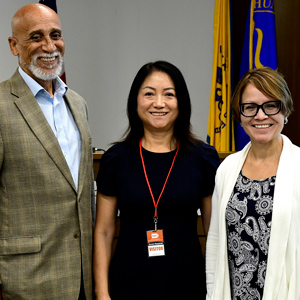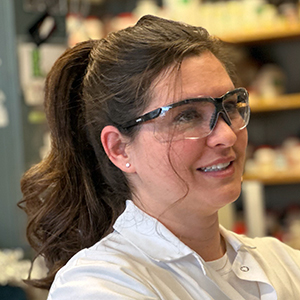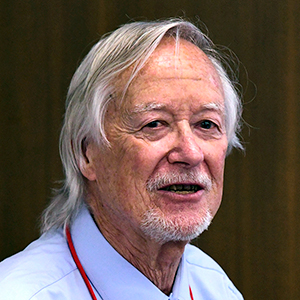In the time it takes you to read this sentence, every cell in your body experiences some form of DNA damage. Without vigilant repair, cancer would run rampant, and now a team of researchers — including NIEHS grantees at the University of Pittsburgh (UP) and an NIEHS in-house scientist — has glimpsed how one protein in particular keeps DNA damage in check.
The study, published July 22 in Nature Structural and Molecular Biology, reports that a protein called UV-DDB, which stands for ultraviolet-damaged DNA-binding, is useful for more than safeguarding against sun damage. The new evidence suggests UV-DDB is a scout for general DNA damage and an overseer of the molecular repair crew that fixes it.
Change in understanding of DNA repair
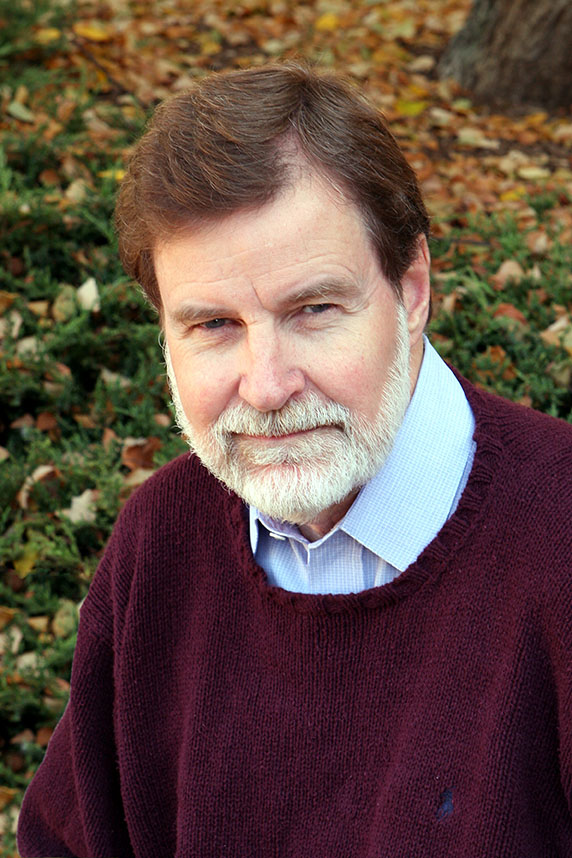 Wilson, a lead researcher in the NIEHS Genome Integrity and Structural Biology Laboratory, has served as the institute’s acting director and deputy director. (Photo courtesy of Steve McCaw)
Wilson, a lead researcher in the NIEHS Genome Integrity and Structural Biology Laboratory, has served as the institute’s acting director and deputy director. (Photo courtesy of Steve McCaw)“We consider this research to be paradigm-shifting,” said co-author Sam Wilson, M.D., head of the NIEHS DNA Repair and Nucleic Acid Enzymology Group, “because for the first time it describes a bridge between two of the oldest and most important DNA repair pathways: base excision repair [BER] and nucleotide excision repair [NER].”
UV-DDB is a well-known factor in nucleotide excision repair. In the new study, researchers observed that it strongly boosted base excision repair at the initiation step. “The suggestion is that UV-DDB will be able to stimulate BER and enhance cellular protection against DNA damage caused by agents in the environment,” said Wilson.
This additional role for UV-DDB is especially important for cells with a weak base excision repair system, which can occur when certain genes are not expressed, when there are mutations in a BER factor, or in cases of overwhelming DNA damage, according to Wilson. “Future research will further explore the influence of UV-DDB expression in cells exposed to environmentally-induced DNA damaging agents,” he said.
Fixing DNA potholes
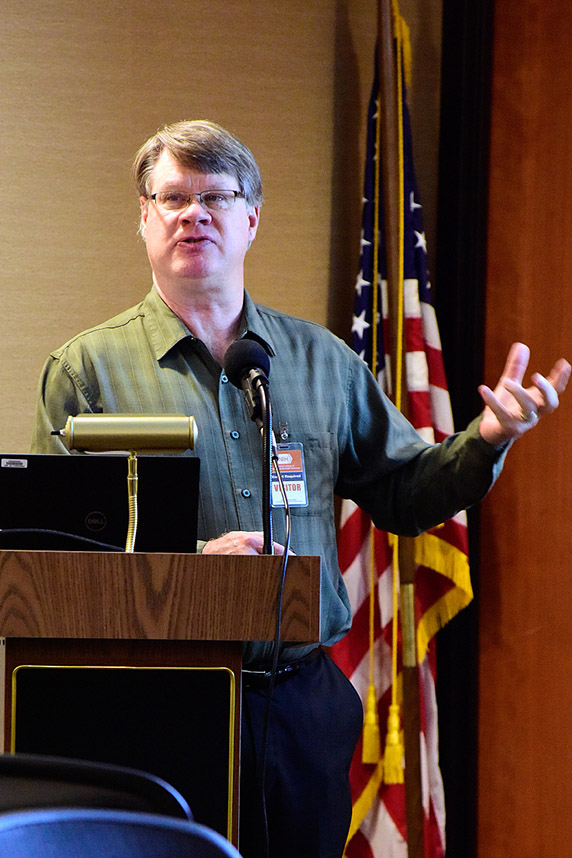 Van Houten, a former NIEHS scientist, is shown above delivering his talk for the Keystone Science Lecture Seminar Series in October 2018. (Photo courtesy of Steve McCaw)
Van Houten, a former NIEHS scientist, is shown above delivering his talk for the Keystone Science Lecture Seminar Series in October 2018. (Photo courtesy of Steve McCaw)Senior author Bennett Van Houten, Ph.D., from the Pitt School of Medicine and UP Medical Center Hillman Cancer Center, described how UV-DDB works. “If you’re going to fix a pothole, you have to find it first. That’s what UV-DDB does,” he said in a press release from the university. “It identifies DNA damage so that another crew can come in and patch and seal it.”
Surveying three billion base pairs, packed into a nucleus just a few microns wide, is a tall order, acknowledged to Van Houten. Not only is there a lot of material to search through, but the material is wound up so tightly that many molecules cannot get to it.
Keeping with the pothole analogy, one possible search strategy is to walk along the road, waiting to step in a hole. Another option is to fly around in a helicopter. But because molecules cannot see, this approach would require frequent landings, to look for rough patches. To get around these shortcomings, UV-DDB combines both search strategies.
“UV-DDB is like a helicopter that can land and then roll for a couple blocks,” Van Houten said. “It also has the ability to find damage buried in chromosomes and help DNA repair molecules go places they otherwise couldn’t, the way a helicopter can navigate really hilly areas.”
When UV-DDB finds damage, it acts like a foreman to help the DNA repair crew get in, fix the faulty bases, and detach quickly.
Role in cancer
Van Houten recruited the help of Marcel Bruchez, Ph.D., of Carnegie Mellon University, and Patricia Opresko, Ph.D., of Pitt Medical School. Together, they inflicted oxidative damage to the chromosomes’ protective endcaps — called telomeres. UV-DDB rushed to the scene, and when it was not available, cells were more sensitive to oxidative stress.
These results help to explain why children born without functional UV-DDB — a rare disease known as xeroderma pigmentosum — are virtually guaranteed to develop skin cancer from sun exposure, Van Houten said. On the other end of the spectrum, cancer patients with higher levels of UV-DDB respond better to therapy.
“It’s clear this protein is involved in a very fundamental problem,” Van Houten said. “We could not have evolved out of the slime if we didn’t have good DNA repair.”
Citation: Jang S, Kumar N, Beckwitt EC, Kong M, Fouquerel E, Rapic-Otrin V, Prasad R, Watkins SC, Khuu C, Majumdar C, David SS, Wilson SH, Bruchez MP, Opresko PL, Van Houten B. 2019. Damage sensor role of UV-DDB during base excision repair. Nat Struct Mol Biol 26(8):695–703.
(This story is based on a University of Pittsburgh press release written by Erin Hare.)





